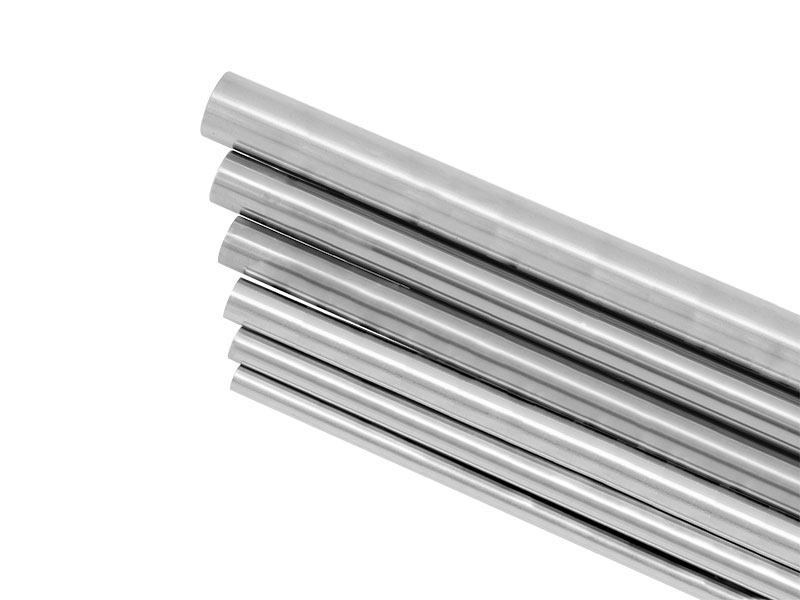Abstract:Passivation of welded stainless steel pipe is a chemical process used to remove surface contaminants, including iron, iron oxides, and other foreign m
Passivation of
welded stainless steel pipe is a chemical process used to remove surface contaminants, including iron, iron oxides, and other foreign materials, from the surface of the stainless steel. This process is performed after welding to promote the formation of a passive oxide layer on the stainless steel's surface, which enhances its corrosion resistance. The primary goal of passivation is to create a clean and corrosion-resistant surface that is less susceptible to rust and other forms of corrosion.
Here's how passivation of welded stainless steel pipe typically works:
Cleaning: The first step in passivation is thorough cleaning. Any surface contaminants, such as oil, grease, dirt, scale, or welding slag, must be removed from the welded stainless steel pipe. This is often done using a cleaning solution or a combination of cleaning methods, including alkaline cleaning, acid cleaning, and solvent cleaning.
Acid Bath: After cleaning, the stainless steel pipe is typically immersed in a diluted acid bath, commonly using nitric acid. The acid removes any remaining surface impurities and promotes the dissolution of any iron or iron oxide particles that may have been introduced during welding.
Rinsing: Following the acid treatment, the stainless steel pipe is thoroughly rinsed with clean water to remove any residual acid and contaminants. Proper rinsing is critical to ensure that no acid or contaminants remain on the surface.
Passivation Solution: After rinsing, the stainless steel pipe is immersed in a passivation solution, which is typically a mixture of nitric acid and water. The passivation solution facilitates the formation of a passive oxide layer on the stainless steel's surface.
Immersion Time: The stainless steel pipe remains immersed in the passivation solution for a specified period, typically ranging from minutes to hours, depending on the specific passivation process and the stainless steel grade.

Rinsing Again: After the required immersion time, the stainless steel pipe is thoroughly rinsed with clean water once more to remove any residual passivation solution.
Drying: Finally, the stainless steel pipe is dried to prevent the formation of water spots or corrosion due to moisture.
The resulting passive oxide layer that forms on the stainless steel's surface is typically very thin and transparent. This layer provides excellent corrosion resistance by acting as a barrier that protects the underlying metal from environmental factors that could lead to corrosion, such as moisture, oxygen, and aggressive chemicals.
Properly executed passivation is essential to maximize the corrosion resistance and longevity of welded stainless steel pipes, especially in environments where corrosion is a concern.
